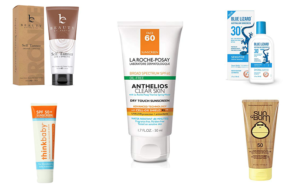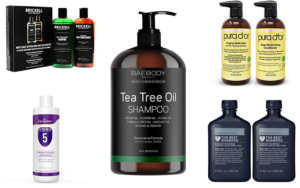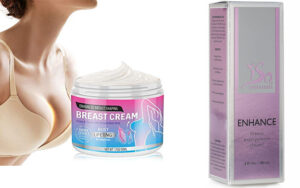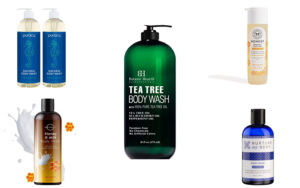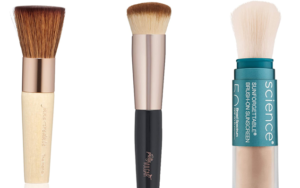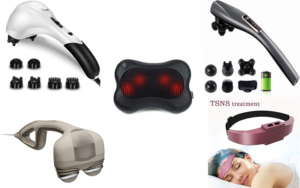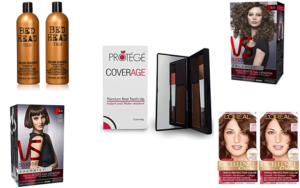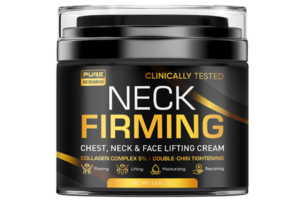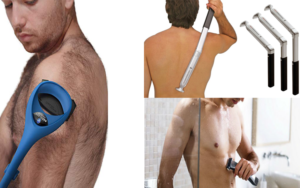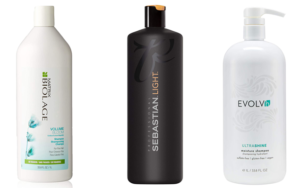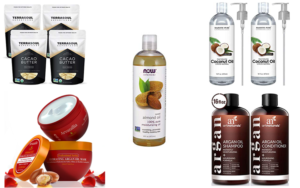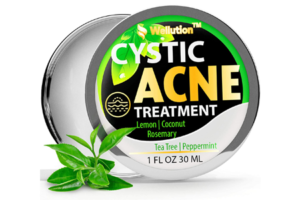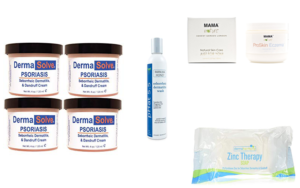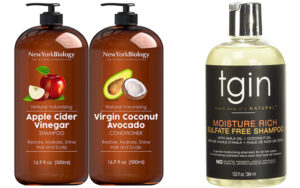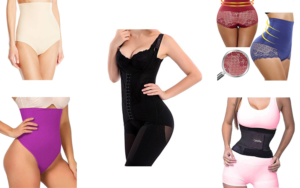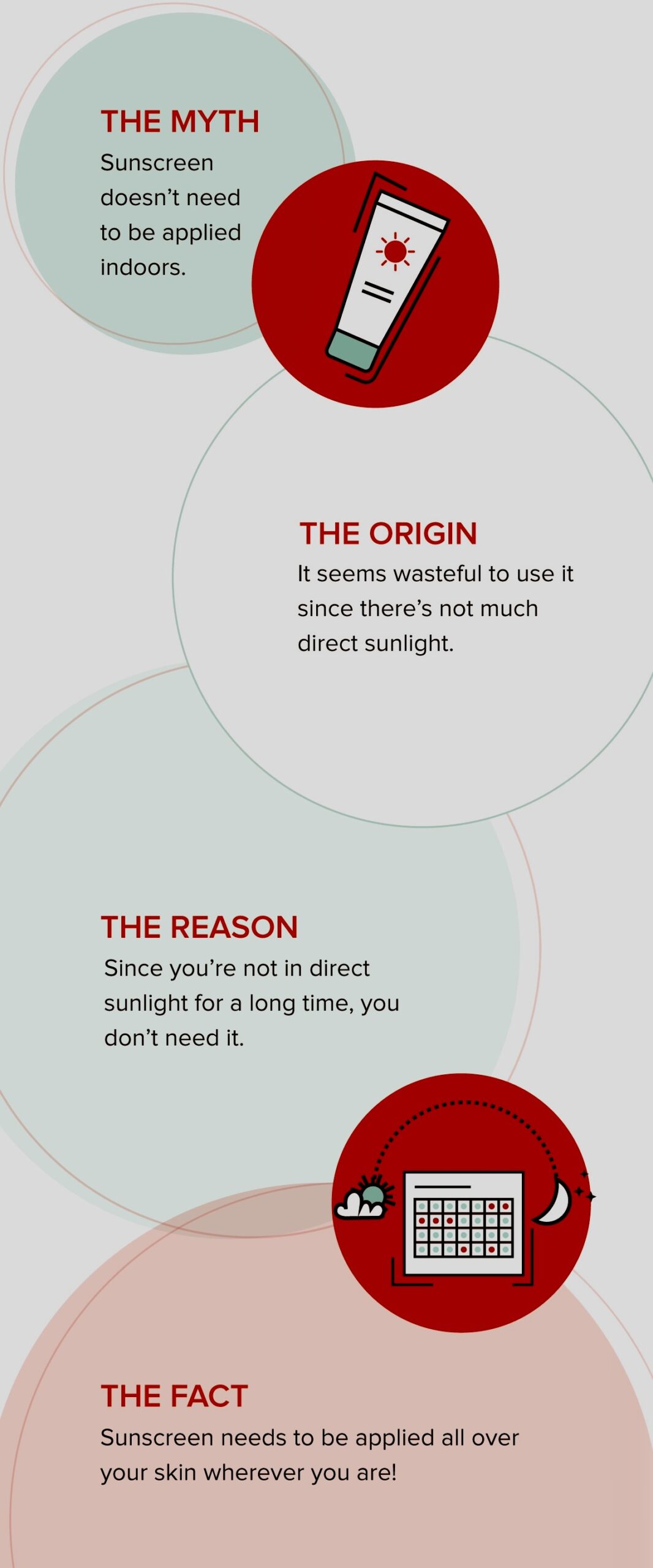
Sunscreen is an integral component of healthy skin care regimens, yet many myths about how it works persist. Here are some of the more widespread misconceptions and facts regarding sunscreen usage.
Remember, sunscreen should be applied frequently and reapplied every two hours for best results.
1. You Don’t Need Sunscreen on Cloudy Days
Even on cloudy days, UV rays from the sun’s UVA and UVB rays can penetrate skin and damage it significantly – leading to wrinkles, dark spots and leathery skin conditions. Wearing sunscreen regularly is one of the best ways you can protect yourself from UV radiation.
People may believe they don’t need sunscreen on cloudy days as the sun is less bright and intense; however, this is not accurate: its rays still damage your skin significantly; especially around your elbows, hands and feet.
Wearing sunscreen on all areas of the skin is important, with broad-spectrum sunscreen being especially essential in harsh outdoor conditions and higher elevations where sunlight intensity may increase exponentially. Reapply your broad spectrum sunscreen regularly. Also wear it when hiking and climbing mountains as this increases sun intensity further.
2. High SPF is Effective
Sunscreens with high SPF ratings offer some protection, but may not be as effective as you’d think. In fact, many medical professionals believe SPF 70+ sunscreens may actually give people a false sense of security and lead them to spend more time outside and apply less often.
While sunscreens provide some protection against UVB rays that cause redness and burn the skin, most only offer adequate coverage against 3 to 5% of UV radiation – predominantly coming from UVA rays that penetrate deeply into skin layers to suppress immune system activity, accelerate aging processes and even cause certain types of cancer such as melanomas.
Chemical sunscreen ingredients like oxybenzone and added fragrances may cause skin sensitivity or irritation. For less irritation and more skin-friendly protection, mineral sunscreens with zinc oxide and titanium dioxide provide less irritation while still offering effective coverage.
3. You Can’t Get Sunburned on a Cloudy Day
Sunlight provides us with energy, light, and vitamin D; however, excessive exposure can result in sunburn, eye damage, skin cancer, and other serious health concerns. Sunscreen protects against harmful rays by blocking ultraviolet (UV) radiation which penetrates through skin surface layers.
No matter the weather, wearing sunscreen on cloudy days should never be ignored. UV rays still penetrate clouds, intensified by water or snow surfaces or reflective surfaces like sand or snow.
Apply a broad-spectrum sunscreen with at least an SPF 30 and 50 (for those with darker skin tones) regularly and reapply as directed. Seek shade during peak sun hours (10 a.m. to 4 p.m.). Also wear a wide-brimmed hat and protective clothing.
4. High SPF Doesn’t Protect Your Skin
Many people mistakenly assume that high SPF sunscreen provides superior protection, however this is far from true. Sunscreens contain chemicals like oxybenzone and added fragrance which may lead to skin irritation or trigger melanoma; furthermore most high SPF products don’t shield against deep penetrating UVA rays that cause wrinkles and age-related damage which increases risk for skin cancer.
If you want to protect yourself from the sun’s harsh rays, make sure you select a chemical-free sunscreen with zinc oxide or titanium dioxide and no fragrance or oxybenzone added. Apply and reapply often; remembering your skin is most exposed from sunrise to sunset and should wear sunscreen daily – indoor application 20-30 minutes prior to going outside will give the best results.
5. You Can’t Get Sunburned on a Rainy Day
Sunscreen can help decrease the risk of melanoma and other forms of skin cancer when applied correctly, but many people still misunderstand its usage – for instance what type of sunscreen they need, how much they should apply, or whether or not it will still work on cloudy days.
Rainy days may actually be more dangerous than sunny ones due to UV rays reflecting off water, snow and white surfaces like concrete. This increases sun exposure and the risk of sunburns.
Keep in mind that even waterproof sunscreen may wear off with sweating or swimming, necessitating frequent reapplication. Furthermore, sunscreen’s efficacy can diminish when exposed to extreme temperatures – for optimal use and storage purposes it should always be stored and applied according to label instructions.
6. You Can’t Get Sunburned on a Snow Day
Sunscreen should be part of every skin care routine, protecting against UVA and UVB rays that can lead to sunburn, wrinkles, and cancer. Unfortunately, many people misunderstand its purpose or use.
Physical sunblocks containing Zinc work best, reflecting and diffracting UVA and UVB rays away from the skin to reflect and refract them away, while chemical sunscreens work by absorbing UV rays away from entering into our systems and doing damage. Furthermore, wearing hats or scarves that cover ears is recommended, along with applying SPF 30 sunscreen every 2 hours as part of an overall plan to ensure maximum sun protection.
7. You Can’t Get Sunburned on a Rainy Day
Sunscreen protects skin from harmful UVA and UVB rays that cause sunburns and damage, so it is crucial that it be worn year-round and applied throughout the day. Reapplying sunscreen often is also key.
On cloudy days, too much sun exposure can still result in sunburn or skin cancer. To stay safe during outdoor activity on rainy days, be sure to wear broad spectrum sunscreen with at least an SPF 30 rating.
Sunlight is an integral component of life, providing light, energy and essential vitamin D supplements. But too much exposure to the sun can lead to sunburns – an increased risk factor for developing melanoma skin cancer, the deadliest type.
8. You Can’t Get Sunburned on a Snow Day
Nature slows down during winter months and many plants and animals hibernate, but sun damage remains a threat; sun exposure still happens and can result in sunburns, skin aging and decreased immune systems.
Snow is known to reflect up to 80 percent of UV rays, increasing sunburn risks exponentially. Furthermore, skiers and snowboarders face greater sunburn risks at higher altitudes because the sun is closer to Earth there.
To keep your skin safe in winter conditions, the most effective approach is using a broad-spectrum sunscreen with ingredients such as oxybenzone and avobenzone, which absorb or reflect harmful UV rays from the sun. In addition, clothing such as long sleeves and pants is helpful, while sunscreen must be reapplied periodically throughout the day regardless of weather conditions.
9. You Can’t Get Sunburned on a Rainy Day
Sunscreen is an essential way to defend yourself against UV rays’ damaging effects, reducing fine lines, leathering and most importantly skin cancer risk. Applying it daily will keep you looking your best!
On cloudy days, many people assume UV rays won’t reach them; however, UV rays still penetrate clouds and can lead to sunburn – repeating sunburn increases your risk for melanomas, the deadliest form of skin cancer.
Sunscreen with broad spectrum protection helps shield skin from UVA and UVB rays, but is no guarantee. Other measures must also be taken such as wearing wide brimmed hats or avoiding peak sun hours from 10 am to 4 pm. Our HydroPeptide collection provides excellent sun protection.
10. You Can’t Get Sunburned on a Snow Day
Sun damage and cancer are two major risks from UV rays from the sun, but you can protect your skin by using high SPF sunscreens with UVA and UVB protection, or touch-up throughout the day using SPF-infused makeup as touchups.
Winter temperatures reduce the amount of UV radiation reaching the ground, but you could still get sunburn or skin damage from exposure to it. Snow and ice reflect up to 80 percent of UV rays increasing exposure – ski and snowboarding may increase it further due to being at higher altitude.
Remember sunscreen as your first line of defense against UV rays even during winter’s harsh conditions! So be sure to slather on some protection whenever heading outside, particularly if the weather is cloudy or snowy!


